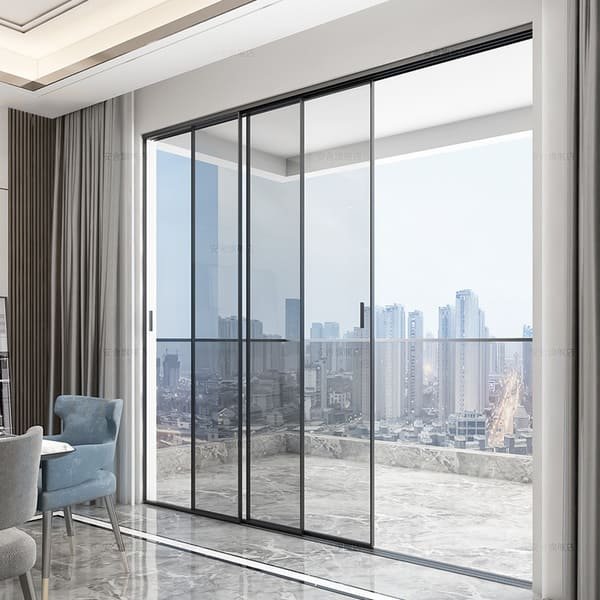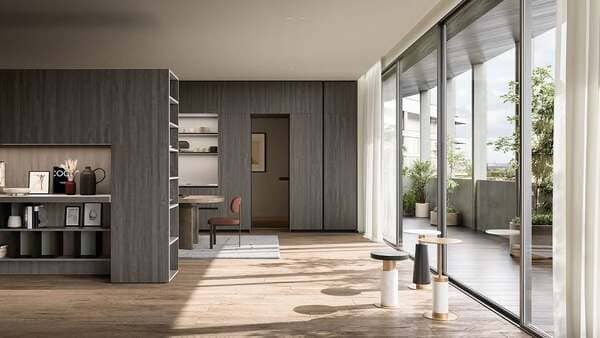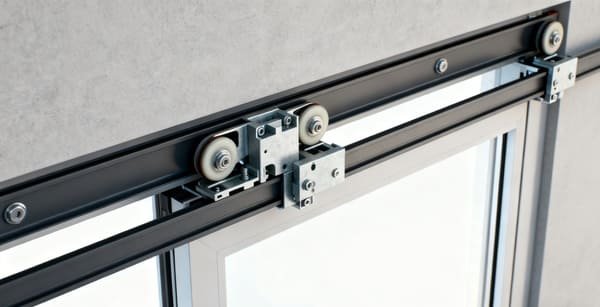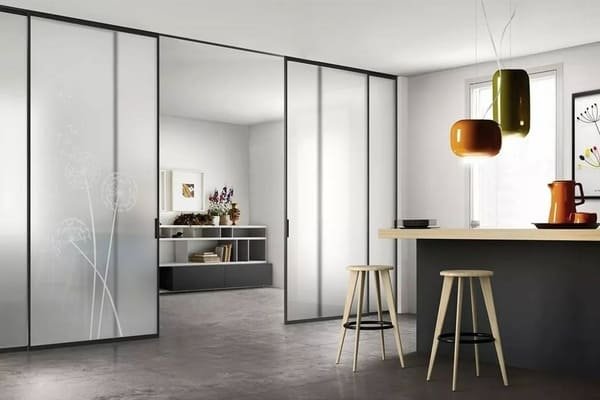Choosing the wrong sliding door creates problems you don’t need. It can look bad, work poorly, and even waste energy. Thinking carefully about your needs beforehand saves you headaches later.
To select the right sliding door, first consider the location and purpose, making sure to measure the opening precisely. Next, pick a style and material that fits the space and your durability needs. Finally, check features like security, energy efficiency, and required maintenance.

I’ve been in the hardware business for a long time, and I’ve seen it all. A high-quality sliding door system can completely transform a space, but a poor choice can be a constant source of frustration. The secret isn’t just about the door panel itself; it’s about understanding how the door will be used day-to-day and choosing the right components to support that function. It seems simple on the surface, but the details in hardware, materials, and design make all the difference between a door that glides effortlessly for years and one that sticks and rattles after just a few months. Let’s break down what you need to know for different areas in a building.
How to choose sliding patio doors?
A bad patio door lets the weather inside your home. This leads to uncomfortable drafts, high energy bills, and worries about security. Choosing right means picking a door built to last.
For a sliding patio door, prioritize durable, weather-resistant materials like aluminum or vinyl. Ensure it has multi-point locking for security and double-paned, energy-efficient glass. The hardware, especially the rollers, must be robust enough to handle frequent use and a heavy door.

When my clients, especially those like Jacky from Canada, ask about patio doors, I always steer the conversation toward durability and performance. A patio door is more like an exterior wall than an interior door. It has to stand up to rain, wind, and temperature changes. It’s a big investment, so getting it right is crucial. From my factory floor, I see the components that make or break these doors. The quality of the rollers and the track system is just as important as the frame and glass. A heavy door with weak rollers will fail, no matter how good the glass is.
Material and Glazing
The frame material is your first major decision. It affects looks, durability, and a lot of the final cost. Then you have the glass, which is critical for insulation.
| Material | Pros | Cons | Best For |
|---|---|---|---|
| Vinyl | Low maintenance, good insulation, affordable. | Limited color options, can warp. | Budget-conscious projects, moderate climates. |
| Aluminum | Strong, thin frames, modern look. | Poor insulator without a thermal break. | Modern designs, warmer climates. |
| Wood | Classic look, great insulator. | High maintenance, expensive. | High-end traditional homes. |
| Fiberglass | Very durable, low maintenance, paintable. | Higher cost. | All climates, projects needing longevity. |
For the glass itself, always look for double-pane glazing with Low-E coatings1. This reflects heat, keeping the building warmer in the winter and cooler in the summer. It significantly cuts down on energy costs.
Hardware and Security
A patio door is a potential entry point, so security is non-negotiable. Look for multi-point locking systems2 that secure the door at several points along the frame, not just at the handle. The rollers should be heavy-duty, designed to carry the weight of heavy glass panels smoothly. At opensliding, we produce heavy lifting wheels specifically for these applications, ensuring they can handle the load for years without issue.
What is the sliding door theory?
You might think a sliding door is just a panel on wheels. But not understanding the basic mechanics leads to choosing systems that fail. The right theory means you pick hardware that works.
The sliding door theory is about its core mechanical principle: a panel moves horizontally along a track, with its weight supported by rollers. The two main systems are top-hung, where the door hangs from an overhead track, and bottom-rolling, where it’s supported by wheels on a floor track.

I often explain this to new buyers who are focused only on the door style. The "theory" is really just the engineering behind the movement. How a door carries its weight determines how it feels to operate and how long it will last. In our factory, we design and produce a wide range of systems. We have to consider the weight of wood, glass, and metal panels and create rollers and tracks that make moving them feel effortless. Understanding this helps you, the buyer, to specify the right system for your needs, whether it’s for a lightweight wardrobe or a heavy partition wall.
Top-Hung3 vs. Bottom-Rolling4
This is the most fundamental choice in sliding door hardware. Each system has its place, and we manufacture components for both.
| System Type | How it Works | Pros | Cons |
|---|---|---|---|
| Top-Hung3 | The door panel hangs from rollers running in an overhead track. A small guide on the floor prevents swinging. | Smoother and quieter operation. No floor track to trip over or collect dirt. | Requires strong overhead support (header or ceiling) to carry the entire door weight. |
| Bottom-Rolling4 | The door’s weight rests on rollers that move along a track installed on the floor. Guides at the top keep it stable. | Can support extremely heavy doors. Does not require a reinforced header. | The floor track can be an obstacle and can collect dirt, potentially affecting the roller’s movement. |
The Critical Role of Rollers
The roller, or pulley, is the heart of the system. Its quality dictates performance. Cheap rollers with poor bearings will grind, stick, and break down quickly. We focus on using high-quality bearings and durable wheel materials like nylon for quiet operation or steel for heavy loads. Our soft-close lifting wheels are a great example of this, providing a smooth and controlled motion that customers love.
What is a ghost sliding door?
You like the clean lines of modern design, but visible hardware can ruin the look. That big track above the door just feels clunky and old-fashioned. A ghost door system can fix this problem.
A ghost sliding door is a system where all hardware, including the track and rollers, is completely concealed. The mechanism is hidden within the door panel itself or recessed into the wall or ceiling, creating a minimalist, "floating" appearance as the door opens and closes.

The first time I saw a ghost door in action, I was really impressed. The door just seemed to glide along the wall with no visible means of support. It’s a brilliant solution for architects and designers who want to achieve an
Explore this link to understand how Low-E coatings enhance energy efficiency and comfort in your home. ↩
Learn about multi-point locking systems to ensure your patio door is secure and reliable against intruders. ↩
Learn about Top-Hung systems to discover their advantages in operation and maintenance, especially in space-saving designs. ↩ ↩
Explore the benefits of Bottom-Rolling systems to understand their suitability for heavy doors and ease of installation. ↩ ↩

